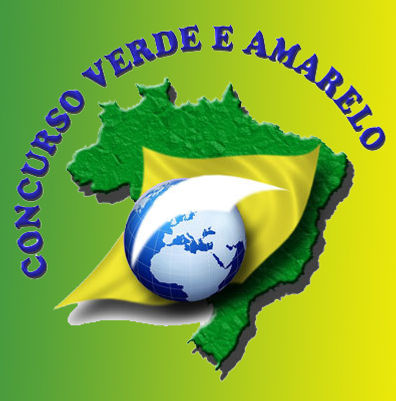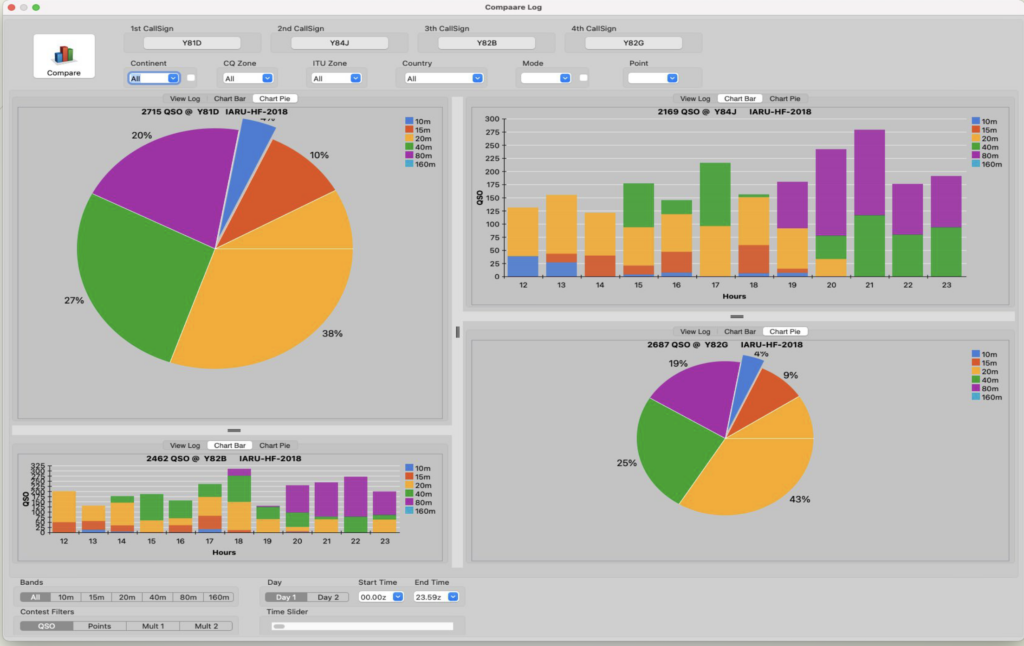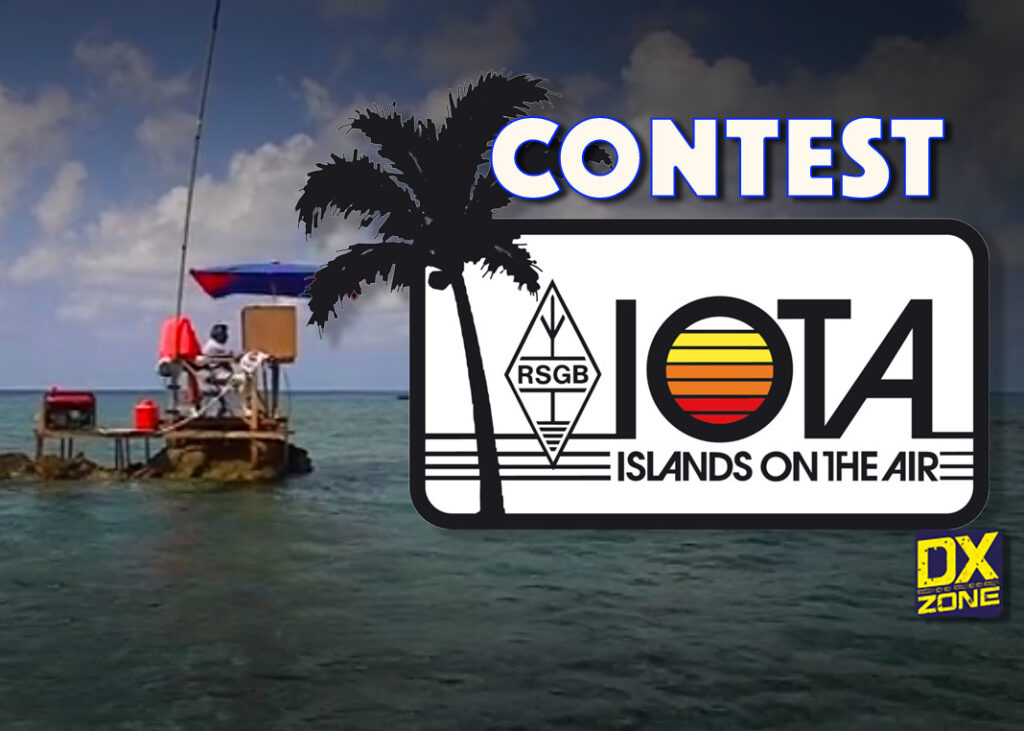
YOTA Contest 2022
1. Organizer: IARU R1 Youth Working Group cooperating with MRASZ (Hungarian Amateur Radio Society)
2. Objective: Increasing youngsters activity on the air, strengthening the reputation of the YOTA program and demonstration of support for youngsters across the world.
3. Date and time:
a. 1st round: 21st May, 0800 – 1959 UTC
b. 2nd round: 23rd July, 1000 – 2159 UTC
c. 3rd round: 30th December, 1200 – 2359 UTC
4. Participants:
a. Every amateur radio operator in the world, accepting these contest rules affixed here.
b. YOTA: defined by IARU (International Amateur Radio Union), any youngster ≤ 25 years old
5. Bands: 80m, 40m, 20m, 15m, 10m
6. Modes: CW and SSB
7. Categories:
a. Single Operator 3 Bands Mixed (open)
b. Single Operator 3 Bands Mixed (YOTA)
i. 3 bands with the biggest score worked are automatically chosen form the log, therefore it’s not required to predetermine these.
c. Single Operator All Bands Mixed (open)
d. Single Operator All Bands Mixed (YOTA)
e. Single Operator All Bands Mixed 6 hours – only YOTA
i. Maximum of 6 hours operating time, with ceases of operation being at least 1 hour. It means that a break between QSOs of more than 60 minutes does not count as operating time.
f. Multi Operator Single Transmitter All Bands Mixed – only YOTA (maximum 1 non-youngster operator per every 2 youngster operators)
i. The 10-minute rule applies for band changes. You can change modes within the same band without restriction.
ii. Up to 2 signals can be transmitted at a time: one on the “RUN” band and the other on the “MULT” band.
g. Shortwave Listeners (SWL) All Bands Mixed
i. Points for each QSO are the sum of each QSO partner’s points with respect to the SWL’s location (e.g. a QSO between non-YOTA station on the SWL’s continent and a 23 year old YOTA station is worth 11 points (1 for the same-continent non-YOTA station and 10 for the YOTA station).
ii. Every heard station is valid only once per band and mode. Listening to only one specific station will result in score reduction.
h. Station sponsors: station owners inviting youngsters may apply to a separate category with photos submitted, and be rewarded for their efforts.
i. Please provide sponsor callsign in operator list.
8. Contest contacts:
a. Everyone can work with everyone.
b. It is possible to work with the same station on the same band i n CW and SSB modes.
9. Exchange:
a. Single operator: RS(T) + age on 1st of January
b. Multi operator: RS(T) + average age on 1st of January, or 25 whichever is less
10. Scoring:
a. QSO with own continent, a station aged over 25 (non youngster): 1 point
b. QSO with other continent (DX), a station aged over 25 (non-youngster): 3 points
i. Continents are defined as the following:
North America (NA), South America (SA), Europe (EU), Africa (AF), Asia (AS) & Oceania (OC)
c. QSO with youngsters, regardless of continent:
i. < 12 years: 13 points
ii. 12-16 years: 12 points
iii. 17-21 years: 11 points
iv. 22-25 years: 10 points
d. Multipliers: different exchanges (“ages”) worked per band, regardless of mode
e. The final result is the sum of points earned per band and mode multiplied by the sum of multipliers worked per band.
11. Logs:
a. Cabrillo file format (V 2.0 and higher) can be uploaded at https://contest.ham-yota.com
b. Log submission deadline: 7 days after the end of the contest. Participants shall receive an email confirmation after submission. Regarding log submission, questions from participants are being answered at contest@ham-yota.com until the deadline.
c. Every station can submit 1 log. If more than 1 log is submitted with the same callsign, the last one counts.
12. Log checking:
a. Logs are checked using specifically designed software and human evaluation.
b. Dupe contacts do not result in penalty points.
c. Contacts with incorrect callsign, exchange, date, time are worth 0 points.
13. Evaluation:
a. There will be an overall evaluation of the 3 rounds per year as well.
b. MRASZ is responsible for checking and evaluating the logs, and publishing the results.
c. Participants are expected to follow written and unwritten rules of amateur radio operations. Violations of the competition rules or unsportsmanlike conduct may result in action by the YOTA Contest Committee.
14. Prizes:
a. Plaques for stations scoring in the first places in all categories in each round.
b. Awards for all participants are available to download after the results evaluation.
15. Other provisions:
a. The radios and antennas must be located within 500 meters of each other. This location choice is fixed for a given callsign. Participants wishing to participate from different locations within a single contest need to use a different callsign for each.
b. Do not delete dupes or any contacts made! Even if you submit in the Single Operator 3 Band category, please include all QSOs made on any band within the contest.
c. For logged contacts, the time difference between the 2 stations’ log records may not exceed 3 minutes. Exceeding that, the contact will be deleted. This does not authorize anyone to establish a contact outside of the contest period. It is advisable to synchronize your computer clock with your GPS or Internet time server before the contest.
d. Cluster usage is allowed in any category, but self-spotting and spot requests are strictly forbidden. In the case of a clearly identifiable self-spotting, related to the operator and not the callsign, the log of the affected station can only be accepted as checklog and will result in disqualification.
e. If the participant’s logger program malfunctions or has unintended operation other than the contest rules, it does not entitle the participant to object the YOTA Contest Committee’s decisions and evaluation. Therefore, operators are responsible for submitting log files in a readable Cabrillo format. In cases where other file types are submitted and can not be converted, the log entry will be reclassified as a checklog.
f. Total output power must comply with the local regulations and not exceed them on any band at any time.
g. Remote operation is permitted if the physical location of all transmitters, receivers, and antennas are at one station location. A remotely operated station must obey all station license, operator license, and category limitations. The call sign used must be one issued or permitted by the Regulatory Authority of the station location.
h. In the light of the current COVID-19 pandemic, IARU-R1’s official position is to not encourage multi-operator contest participation, following the principle of “social distancing”. Despite this, the Youth WG has explicitly taken the decision to allow multi-operator activations in this contest. This is to allow participation of youngsters (which often don’t have their own station) at e.g. a parent’s or an elmer’s station, as a means to get them on the air in the first place. Despite of what we encourage with the YCP (Youth Contest Program) during “normal times”, we currently discourage bringing together groups of youngsters at big contest stations, following the “social distancing” principle. Please follow all local and national laws and recommendations applicable to you regarding the ongoing COVID-19 pandemic.
i. By submitting a YOTA Contest log, and in consideration of the efforts of the YOTA Contest Committee to review and evaluate that log, an entrant unconditionally and irrevocably agrees that he/she/they has:
i. read and understood the rules of the contest and agrees to be bound by them,
ii. operated according to all rules and regulations that pertain to amateur radio for the station location,
iii. agreed the log entry may be made open to the public, and
iv. accepted that the issuing of disqualifications and other decisions of the YOTA Contest Committee are official and final.
v. If an entrant is unwilling or unable to agree to all of the foregoing, the entrant should not submit the entry or submit the entry as a checklog only.
j. In case of conflicting translations the definitive rules will be the English rules as published on https://ham-yota.com/contest at the time of each contest’s start.
Questions pertaining to the YOTA Contest rules may be submitted to contest@ham-yota.com
Antenna
Antenna Construction and the Optimized Wideband Antenna
https://youtu.be/U9qJjThjdew Read more
eFactor Antennas, For VHF/UHF SSB, CW And Satellite, Base OR Mobile, At Huntsville Hamfest 2021
I definitely will have one of these, would be great for POTA, SOTA, Satellite, Mobile, Base, on SSB and/or CW… Read more
OB9-2WARC 9 Element Duoband Yagi
OB9-2WARC (new optimized version) 9 Element Duoband Yagi 17-12m Bands 17 / 12 Gain (dbd)* 7,6 / 8,4 Gain (dbi)** 15,1 / 16,1 F/B... Read more
TN07 SFP-102 32′ Flagpole HF Ham Radio Antenna for POTA
“One of the Ham Radio Antennas that I have used most often for POTA – Parks on the Air – is the TN07 SFP-102 32′ telescoping f... Read more
3 Element Yagi Antenna with 30/40 Loop Dipole Adder – SteppIR
16 ft boom; Includes Controller The 3 element Yagi is the original Steppir antenna. Using our proven technology it gives continuous frequency coverage... Read more
Antennas TOO Close Together
Steve, AI7SV, is having some trouble with his antennas due to him placing them too close together. Read more
Mobile Antenna Model 100A-HP 3.2 to 29 MHz
Mobile Antenna Model 100A-HP When properly installed on your vehicle the Model 100A-HP will provide continuous coverage from 3.2 to 29 MHz with the su... Read more
Review
Best Coax Cable for Portable Operation
A viewer asks: What is the best coax cable choice for portable operation. Joe and I talk about our favorite and give you a few options. Read more
IC-9700 Review and Smackdown vs the IC-910H
George and Tommy from AmateurLogic review the IC-9100 with Ray Novak, N9JA from Icom. In this classic smackdown episode, the IC-9700 goes up against t... Read more
RigExpert Stick Pro – Portable Antenna Analyzer [ Review ]
The Rig Expert Stick Pro is an antenna analyzer that will cover HF and 2 meter and 70 centrimeter bands. Frequency range: 0.1 ~ 600 MHz Freq... Read more
SCU-LAN10 with FTdx101 / FTdx10 Overview
SCU-LAN10 with FTdx101 / FTdx10 Overview Read more
Build an APRS Fill In Digipeater – Ham Radio Q&A
APRDS “APRS or the Automated Packet Reporting System can be really handy for tracking vehicles and other assets during events like parades, ride... Read more
First Look at the new Yaesu FTDX-101D – DXEngineering
Yaesu FTDX-101D Announced features for incredible Yaesu FTdx-101D include: * Elite-Level 160 to 6 Meters 100 Watt Transceiver * Superb and astonishing... Read more
The post YOTA Contest appeared first on QRZ NOW - Ham Radio News.













![RigExpert Stick Pro – Portable Antenna Analyzer [ Review ]](https://qrznow.com/wp-content/uploads/2021/11/maxresdefault-3-2-265x168.jpg)






